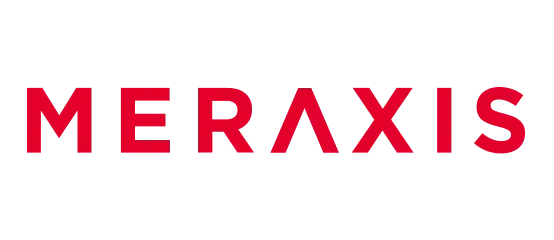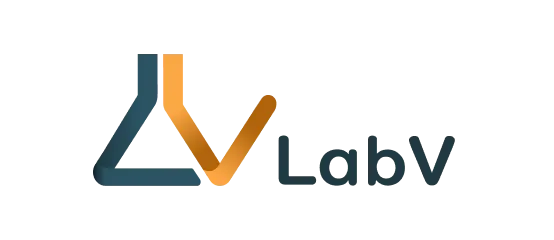Operational Red Flags You Can’t Ignore
Operational inefficiencies are often the earliest and most visible signs that your legacy systems are holding the business back. From sluggish performance to ballooning maintenance costs, these red flags impact day-to-day business processes and directly erode productivity. Let’s explore the most common operational issues organizations encounter.
1. Poor Performance Is Hurting Productivity
Outdated technology creates slow software applications that block employee productivity. When operations teams wait for pages to load or run manual tasks because systems can’t keep up, your business processes suffer. Modernization delivers performance improvements by re-architecting or migrating to cloud platforms where scalability is built in.
2. High Maintenance Costs Are Unsustainable
Maintaining legacy apps consumes disproportionate IT budgets. In fact, organizations spend 60-80% of their IT budget simply maintaining their legacy systems. In healthcare, maintaining legacy applications eats up to 75% of the budget. The modernization journey is delayed because leaders fear upfront cost, but long-term, the maintenance costs of legacy code outweigh investment in a modern platform. By applying the right modernization strategies, organizations redirect spending toward business outcomes instead of firefighting.
3. Frequent Downtime and Availability Issues
Legacy environments lack modern resiliency. Without hybrid cloud or public cloud capabilities, existing systems experience downtime that impacts customer-facing services. Modern application modernization projects often include migrating core workloads to cloud adoption models, improving uptime while reducing operational costs.
4. Technical Debt Keeps Growing
In 2025, companies are spending 40% of their IT budget maintaining their technical debt. Quick fixes and patches address technical debt only temporarily. Over time, legacy modernization becomes the only path forward. A strategic application modernization assessment helps organizations identify patterns in outdated workflows and determine how to reduce technical debt with minimal disruption to critical applications.
5. Limited Scalability Is Holding Back Growth
Legacy stacks rarely scale. Whether you want to serve new geographies, launch new features, or handle spikes in demand, outdated technology makes expansion impossible. The right modernization approach - such as migrating to software as a service or containerized application development - aligns scalability with business growth.
6. Your Team Is Not Working Productively
Without automation, teams drown in manual tasks. IT personnel and external partners waste time supporting legacy applications instead of innovating. According to Stripe statistics, developers spend 17 hours per week simply maintaining the legacy code. Application modernization efforts streamline workflows, freeing staff to focus on business value and delivering better customer experience.
7. Lack of Mobile Accessibility
Older legacy apps weren’t designed for remote or mobile access. In today’s environment, this blocks customer-facing services and remote work. Through modernization efforts, organizations extend core functionality to mobile, improving operational efficiency and accessibility.







